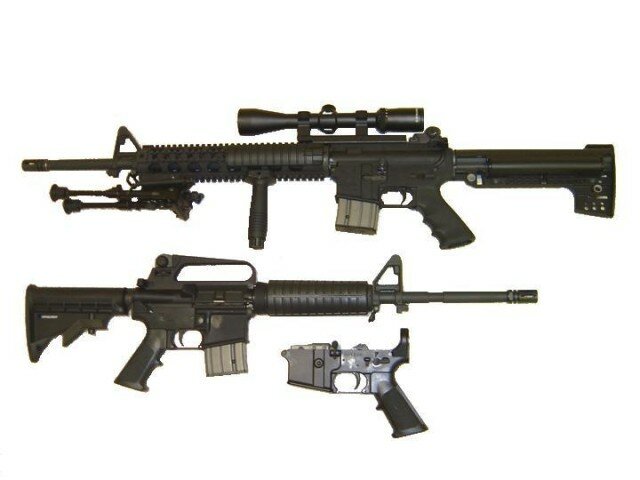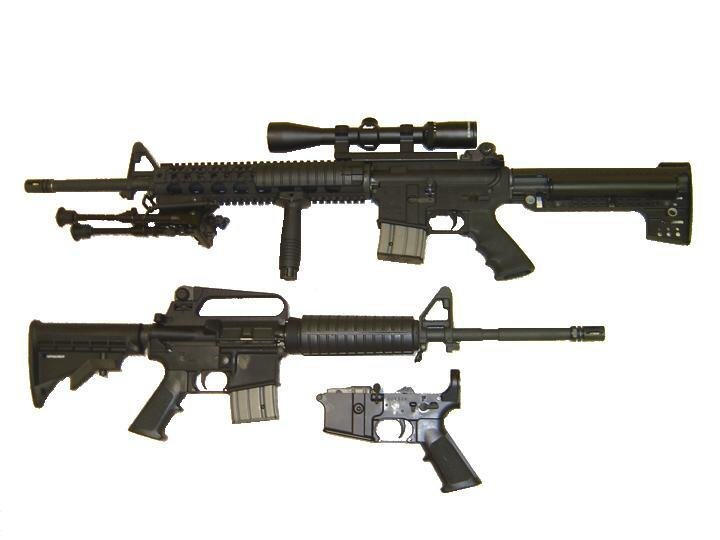
In the wake of the Newtown, Connecticut, shooting the internet has been abuzz with the usual misinformation that, handily, happens to correspond with the poster’s viewpoint. Even fake Morgan Freeman got in on it. But sorting out falsehood from fact sometimes results in surprising revelations.
“Cars kill thousands more people than guns do,” goes one pro-gun argument, “why don’t we ban those?” Now, it’s supposed to be an absurd argument, but depending on where you live, that first proposition may not be true. (Also I assume it’s unintentional that this comparison invites a rejoinder about written and in-person driving tests, regular re-licensing, and mandatory insurance requirements.)
Pop quiz: What kills more people in Washington State: cars or guns? As Slate’s Josh Voorhees discovered in a related story, in 2009, ten U.S. states had firearm deaths outnumber motor vehicle deaths. Washington edged into the top ten with 623 gun deaths, compared to 580 caused by cars. (That study using 2009 data is from the Violence Policy Center.)
There’s a secondary surprise embedded in the first, which is that while firearm deaths have been rising slightly, nationally, over the past decade, motor vehicle deaths have dropped significantly since 2006.
(One contributing factor is the recession, as well as a general tendency toward driving less. It’s also suggested that cars have gotten safer, but the change is so abrupt, I find that hard to credit as a primary factor. It may be that drivers are safer — given that a chunk of the under-30 demographic is not bothering with cars, and that under-30 drivers are the least experienced.)
I wanted to confirm the VPC data, so I checked with Washington’s Department of Health death statistics. For 2009, they list 597 firearm deaths, compared to 538 motor vehicle deaths. In 2010, 592 to 510. Oho! you may protest. Those firearm deaths include suicides: 462 suicides, in fact, to 113 homicides in 2010. It’s true. But everyone killed by a gun is still a dead person. Besides, as a therapist once told Keira Knightley, suicide is a shy person’s homicide.
That’s instructive, I think, when you’re discussing access to guns, and the possibility of keeping them out of the hands of the deranged and homicidal as a class. Very few gun sellers would sell to someone who said something about planning to kill themselves — even someone who is obviously depressed, but gives no suicidal signs. Yet look how often people are able to use guns to kill themselves.
The lesson is that “suicidal” and “homicidal” are largely transient states for most people, and chronic for a very unhappy few. But since we have failed to bring that much larger number down, then it is unlikely that we’ll have much impact on the smaller without changing methods substantially.
There is a secondary realization embedded here, too. It seems a shame, but maybe shame is the problem. It’s a decades-long trend that more people commit suicide with guns than homicides. “Although most gun owners reportedly keep a firearm in their home for ‘protection’ or ‘self defense,'” says the American Foundation for Suicide Prevention, “83 percent of gun-related deaths in these homes are the result of a suicide, often by someone other than the gun owner.”
By the numbers, gun control discussion should revolve around the death count from suicides alone. Is it possible there’s a link between this unspoken massacre and the denial (and forgetfulness) of more well-publicized ones? In this context, talk about prying guns from someone’s cold, dead hands isn’t a boast; it’s an actuarial statement.
